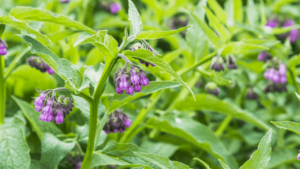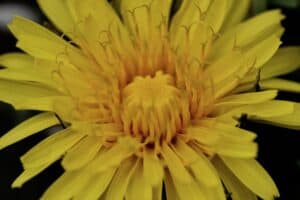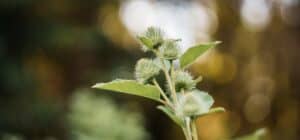Table of Contents
Antiviral and Antibacterial Herbs in the Time of COVID-19
This is a pretty relevant topic these days as we are in the midst of the COVID-19 situation. I’m seeing more and more people reaching out to plants as a way of strengthening their immune system and wanting to look at antiviral and antibacterial herbs and how to protect themselves and their families.
As most of us know, standard antibiotics can have pretty detrimental effects on the body, specifically in regards to the gut flora.
So we’re going to be talking about antiseptic or antimicrobial plants and weighing their benefits and risks.
We’ll also have a really excellent discussion in terms of the difference between how an herbal medicine works in the human organism in contrast to how a lot of pharmaceutical medications, and specifically antibiotics, work in the human organism.
Can Herbs Destroy Our Gut Flora?
Sharon LeMay, who’s in our Material Medica Monthly program, asks:
“Since Lomatium kills off microorganisms, is there a danger it will destroy our gut flora the same way an antibiotic would, especially if we drank it as a tea? Does using the tincture keep it in the respiratory system so it never gets down into the gut in any meaningful strength? So when used for a cold/flu situation, the gut flora is not impacted? Although since it also affects the urinary tract, it seems its powers go throughout the body. So I’m just wondering if we are nuking our gut flora with Lomatium.”
This question brings up some really interesting dynamics in the way that we think about how an herbal medicine works in contrast to how drugs work. This is a question that I get actually quite a bit, not just around Lomatium but around other herbs too. I especially see this one with a lot of the berberine-containing plants like Hydrastis canadensis (Goldenseal), Mahonia aquifolium (Oregon grape), and Coptis chinensis (Goldthread). Really any plant that you look up in your herb book and you see “antimicrobial” or “antibacterial,” is this going to adversely affect the gut flora?
Generally speaking, I think that the best answer to that question is, for the most part, “No.” I don’t really know if there’s been a whole lot of scientific research where they measured someone’s gut flora and then they took some of these whole plants, or tinctures, or teas of these plants and then measured it again and found that they were adversely affected.
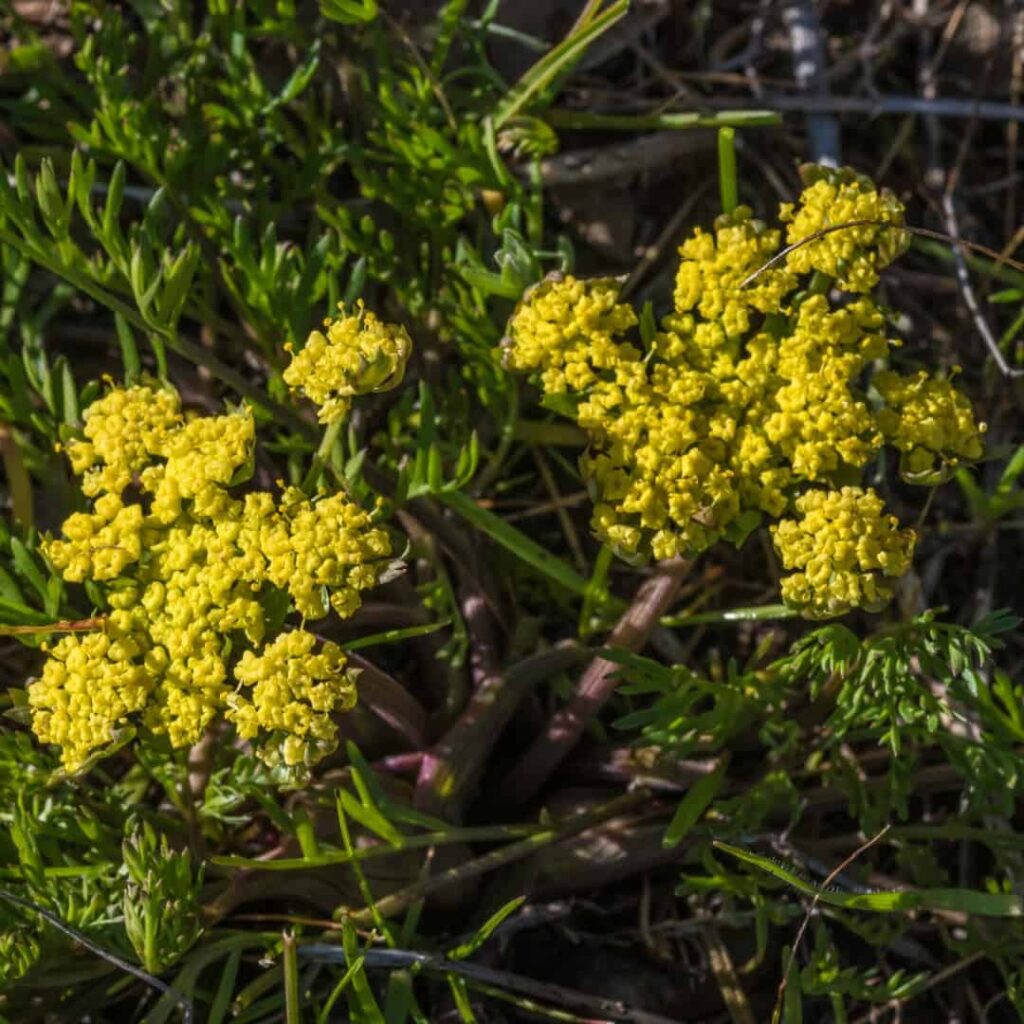
Clinical Uses of Antimicrobial or Antibacterial Herbs
But from a clinical perspective, through utilizing these remedies, we don’t really see any of the after-effects that are pretty common from, as Sharon said, nuking the gut flora with an antibiotic, where we often see fatigue or, post-antibiotic use digestive imbalances.
It’s common these days for people to have digestive symptoms or issues. And we need to really do some digging into the case and figure out, “Well, when did it start?” What I’ve found with many clients, is that a lot of times it can be traced back to a time when that person was put on a round of antibiotics.
I’ve used a lot of herbs that are typically considered antimicrobial or antibacterial herbs and have never seen anything that would indicate that it’s adversely affecting the gut flora. And especially in the case with Lomatuim, this is not something that I’ve seen.
One study was done on a berberine isolate—so this would be an isolated alkaloid—berberine, the relatively famous alkaloid that we find in Goldenseal and Oregon grape root that has been demonstrated to have a very strong antibacterial property. Berberine isolate was administered to people in doses much higher than you’re going to be able to get from taking capsules or drinking a tea or taking a tincture. There were no signs of any type of gut flora imbalance. And that was a study where they measured the gut flora. And, after a period of time of administering pure berberine alkaloids, they did not see it adversely affecting the gut flora.
I think that is a really good case at the very least for the berberine-containing plants.
Treating the Digestive System
So in regards to tinctures: generally speaking, when we’re talking about antiseptic plants, we’re seeing that there are certain compounds in the plants that will have a direct antiseptic effect, meaning they have to come into direct contact with that pathogen in order to render it ineffective or kill it or do whatever they’re going to do. Technically we can consider this a topical action, as the plants have to come into immediate contact with the afflicted tissue.
Now, when it comes to the digestive system, most tinctures don’t actually really get all the way down into the intestines. This is why oftentimes when treating the intestinal lining—like leaky gut protocols or bacterial imbalances in the gut, SIBO, parasites, things like that—we generally don’t use tinctures for a few reasons.
First is that people typically dose tinctures anywhere the range of, on the low dose range, a couple of drops, to standard dosing, maybe one or two squirts of a tincture, 30 drops, 60 drops, to on the higher dose range up to five mLs. But a lot of that tincture is getting absorbed through the mucosa in the mouth and in the stomach. Most of it is not reaching the intestinal tract.
Second is that if we’re thinking of the intestinal tract, there’s a lot of surface area there, and even if you’re taking on the higher range of one of these tinctures, such as five mLs, that five milliliters is not nearly enough liquid to actually come into direct, topical contact with the entire intestinal tract.
This is why powders and water extracts like infusions or decoctions are preferable for treating the intestinal tract. When we’re wanting to have a topical action, maybe tonifying the mucosal membrane, or having some sort of antiseptic property in there, the powders and water extracts are going to get in there significantly more readily than a tincture.
Then if we think of surface area, if you’re drinking a quart of tea a day, that quart of tea is going to have much more contact with the surface area of the intestinal lining than five milliliters three times a day of a tincture.
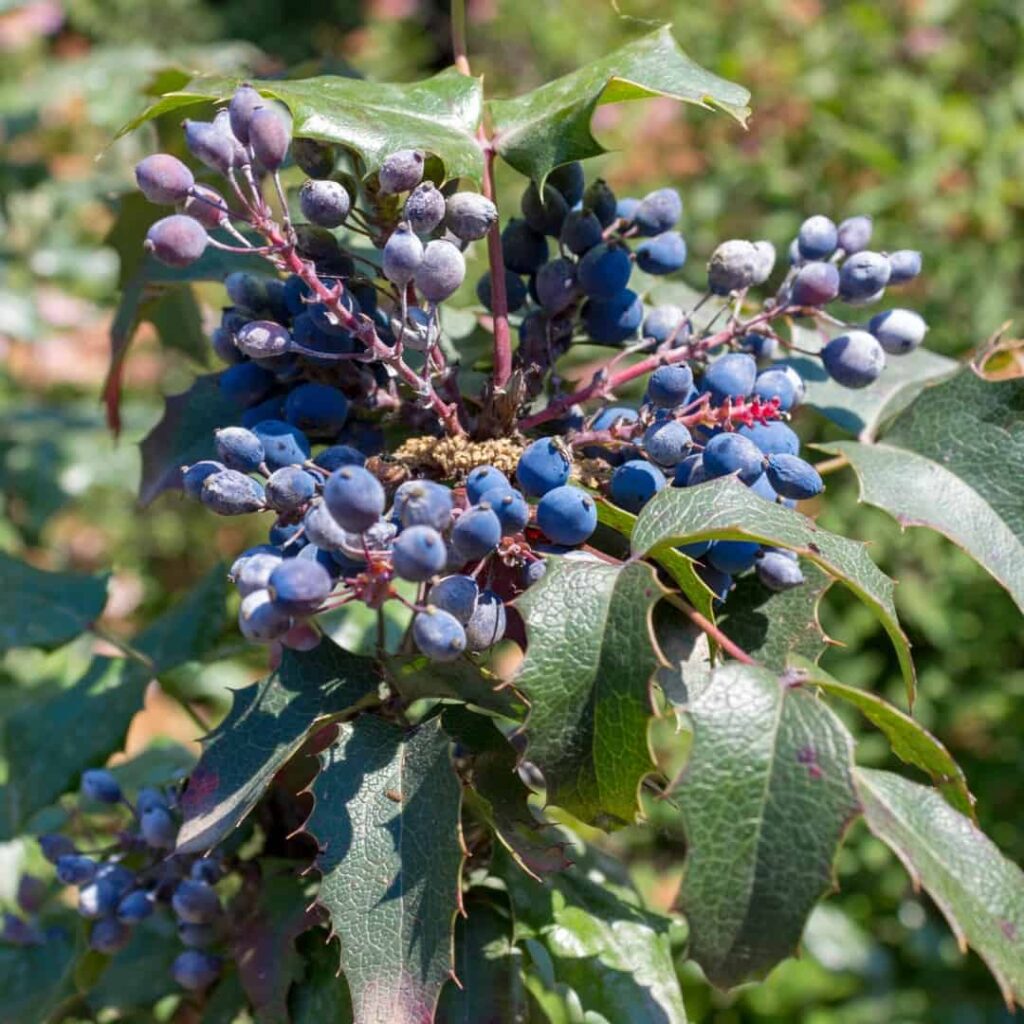
So that’s a really important factor here as well, in that oftentimes those plants taken in tincture form aren’t actually going to get into direct contact with the intestinal microbiome and therefore not really be able to adversely affect it.
Herbs Are Different Than Pharmaceutical Drugs
I think another aspect is thinking about plants in a very different way than just them being antimicrobial or antibacterial. We have to understand that herbs work differently than drugs do.
It’s common to see herbs referred to as “natural antibiotics.” I don’t know how I feel about referring to herbs in that way because herbs do a lot more than just kill bacteria. Lomatium is doing a lot more than just killing bacteria and viruses in the lungs. Oregon Grape is doing a lot more than just killing pathogenic bacteria in the gut.
An antibiotic pretty much does one thing. It kills bacteria… (in fact, antibiotic literally translates to “anti life,” as “biotic” is the same root as biology). Plants are so much more complex than isolated singular compounds that we find in most pharmaceutical medicines.
So there’s a difference here in terms of our orientation or how we think about the way an herb works. Through the lens of vitalism (the belief that nature is intelligent), we see that the human body is a reflection of nature. Herbs obviously are of nature as well, not only growing in ecosystems, but being embodiments of those ecosystems. Vitalism also sees that the human organism is a microcosm, or reflection of nature. That we, like the plants, aren’t just a mass of chemicals, but are a living ecosystem unto ourselves. Thus plants heal by shifting the ecological state of the body. This is really what the tradition of energetics is all about.
And this is one way in which plants have an antiseptic or antimicrobial or bacterial property. Maybe it’s not necessarily that the plant is going in there and killing bugs in your body. It’s more that they’re shifting the environment of the body and making that environment less hospitable to those pathogens. They change the ecological habitat.
A Vitalist View on Infections
This is one of the things about infection. When we get an infection, it’s very common for those parasites or bacteria to change the ecological state of the tissue that they’re infecting, to make it more hospitable for them.
From an energetic perspective, this more often than not is in the form of dampness. If you think of nature, that makes a lot of sense. In a swampy, marshy bog, or really stagnant ponds, bacteria tend to flourish and thrive in those types of environments outside in nature. The same is true within our own body.
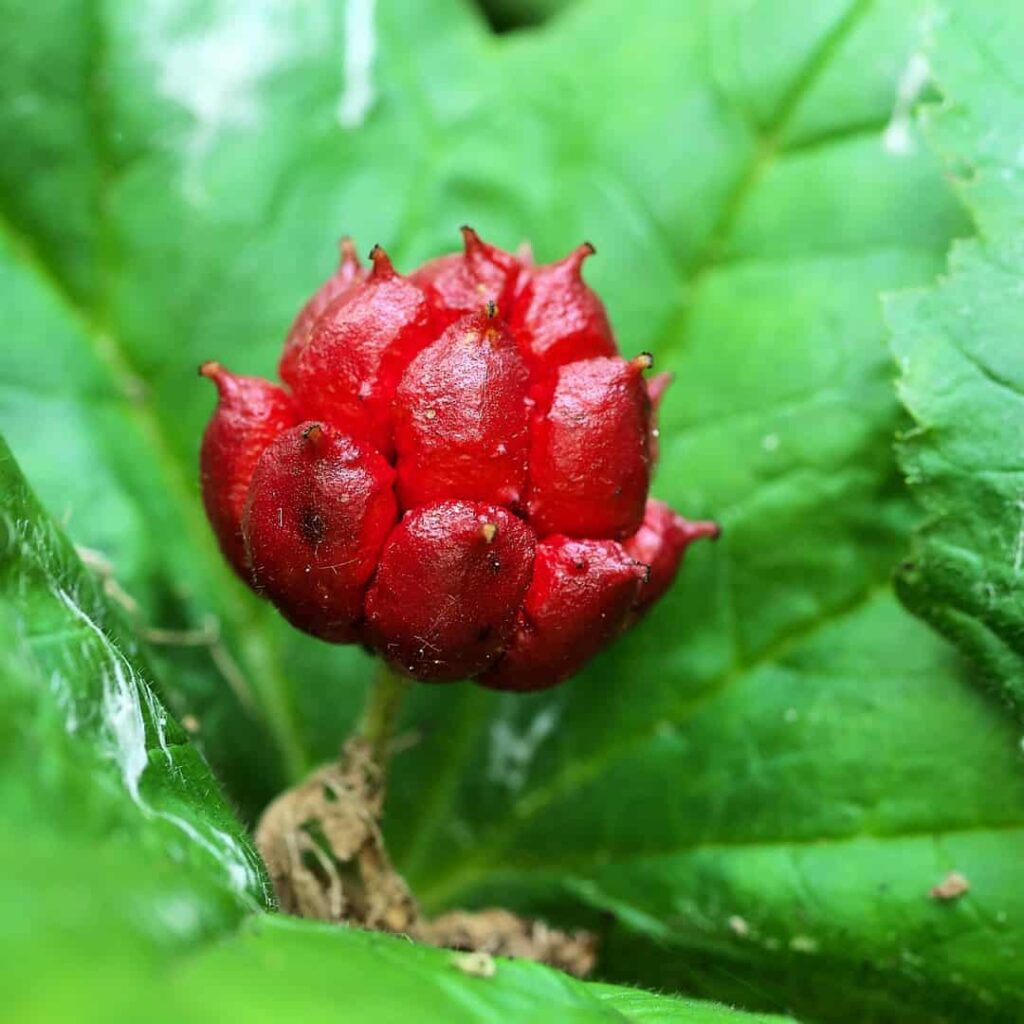
And so a lot of these remedies we see—thinking of these examples of Oregon Grape or Goldenseal or Lomatuim—these are all damp clearing remedies. Lomatuim is a very pungent, resinous, aromatic, stimulant expectorant, very good for clearing fluid stagnation in the lungs. Goldenseal and Oregon Grape are both very powerful, bitter tonic plants that drain fluids down and out, tonifying, astringing, and drying the mucosal membranes.
Oregon grape to a degree, but Goldenseal specifically is also very astringent. So it’s not just draining fluids but also locally tightening and drying those local tissues out as well. And this is most definitely contributing to their property in terms of making bacteria not thrive and flourish in the body.
So another important point to make here is this concept of an antibacterial plant or an antiseptic plant. Yes, there are compounds there that can “kill bugs,” so to speak, to use super layman’s terms, but we also have to remember the humoral, or the energetic effect, of these plants as absolutely contributing to that net effect by creating an inhospitable environment for pathogens to flourish.
The Innate Intelligence of Plants Prevents Imbalance
So I would say the short answer is no, I don’t think you have to worry too much about Lomatium nuking the intestinal bacteria.
On a little bit more of a philosophical level, I believe that plants have innate intelligence, medicinal plants in particular. They just know how to work within the human organism.
And while, yes, certain plants if used incorrectly can lead to certain degrees of imbalance, I don’t think plants on their own if worked with in an intelligent way, in a holistic way, and used in a moderate to standard dosing and protocols, I don’t really think we have too much to worry about in terms of plants severely imbalancing the microbiome.
We also have to keep in mind that typically when you’re treating some sort of infection, this is typically an acute situation. So you’re usually not taking plants for months and months in huge heroic doses for prolonged periods of time.
Maybe in those situations there’s a possibility there could be an adverse impact, but typically that’s not how these plants are used. Our antiseptic herbs are usually used in short-term acute situations and once the infection is cleared up, we stop using the herbs.
And I think if you just follow good dosing strategies, and proper forms of the herbs, I don’t think you’ve got too much to worry about.


